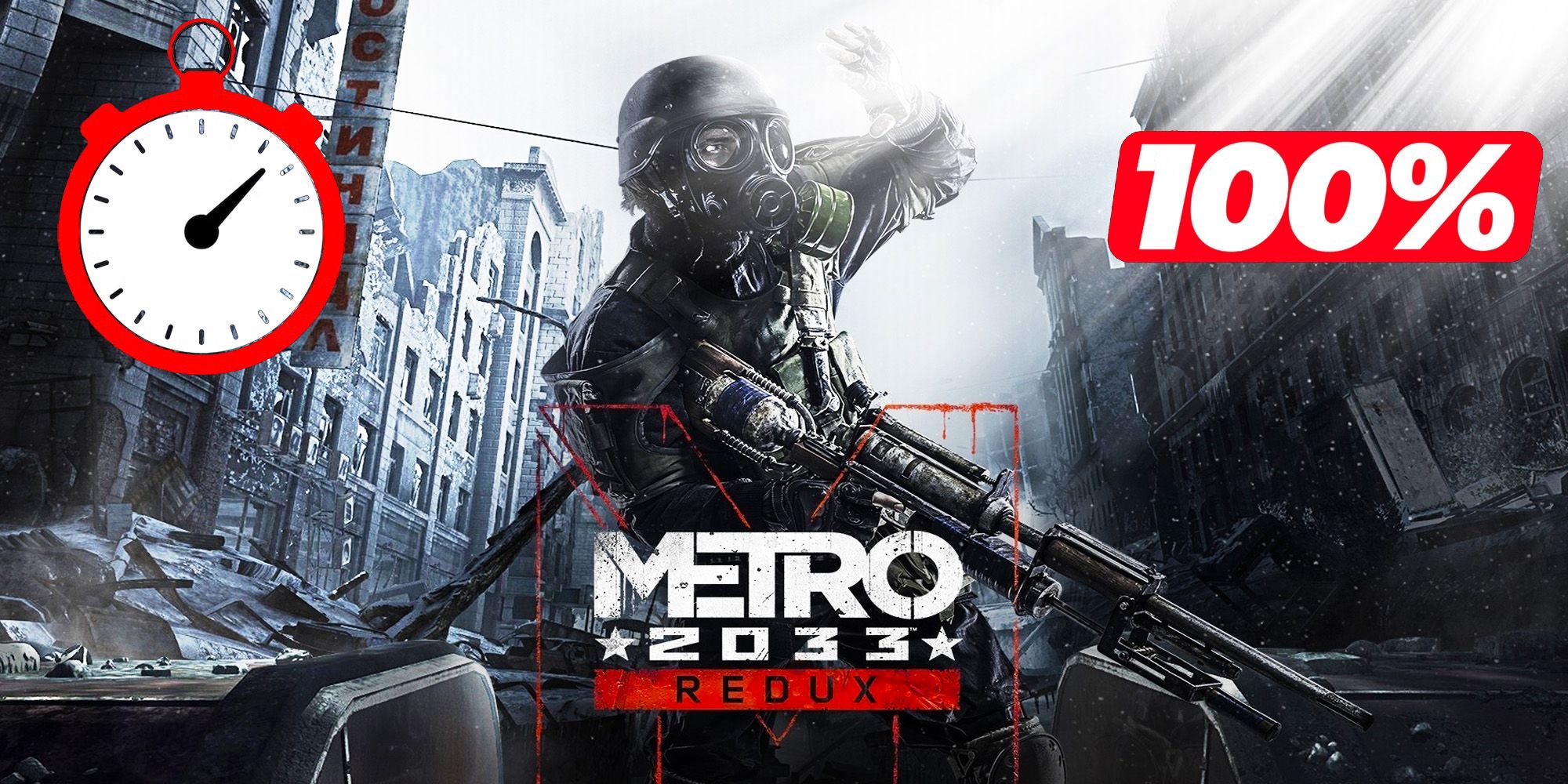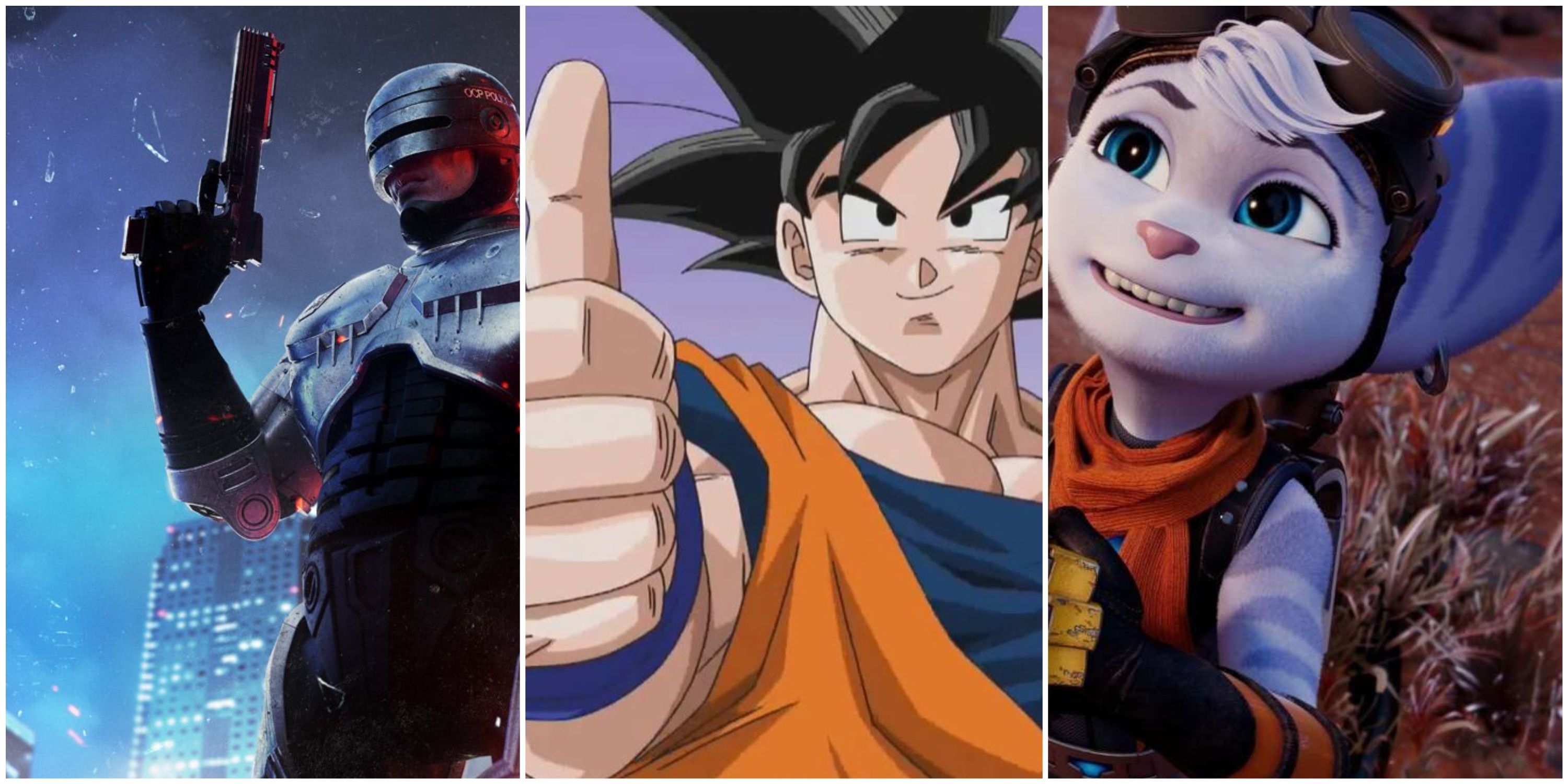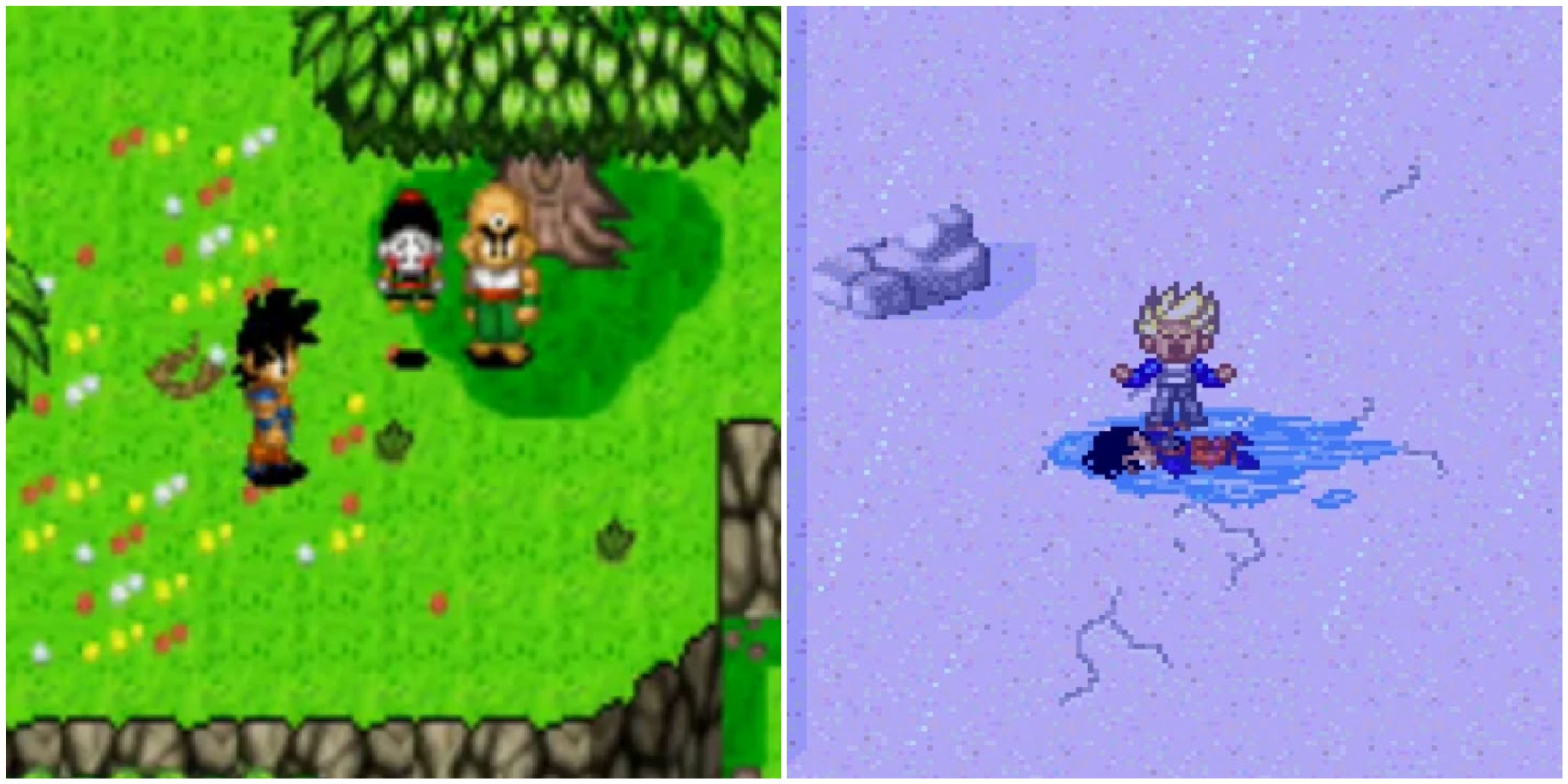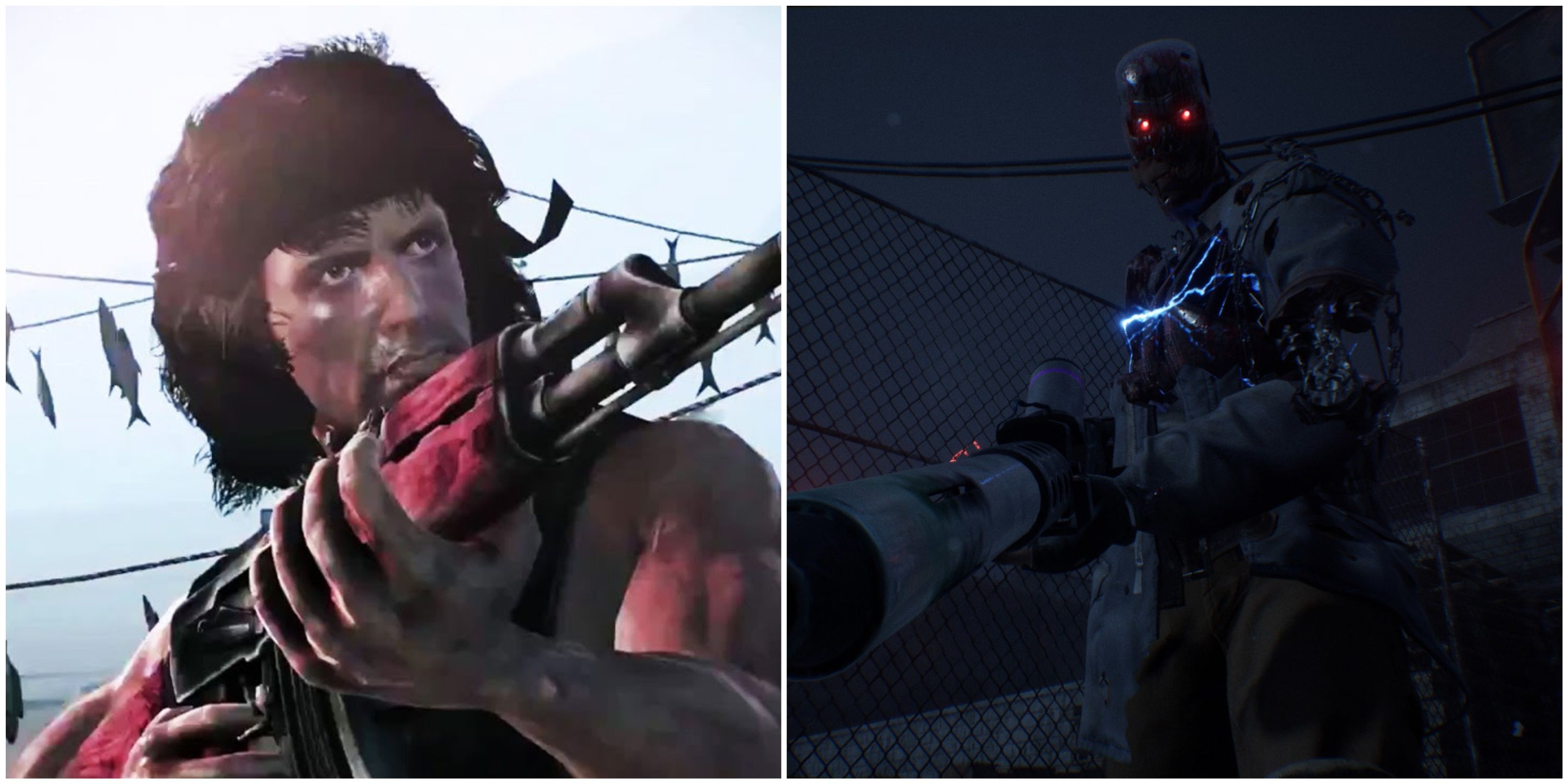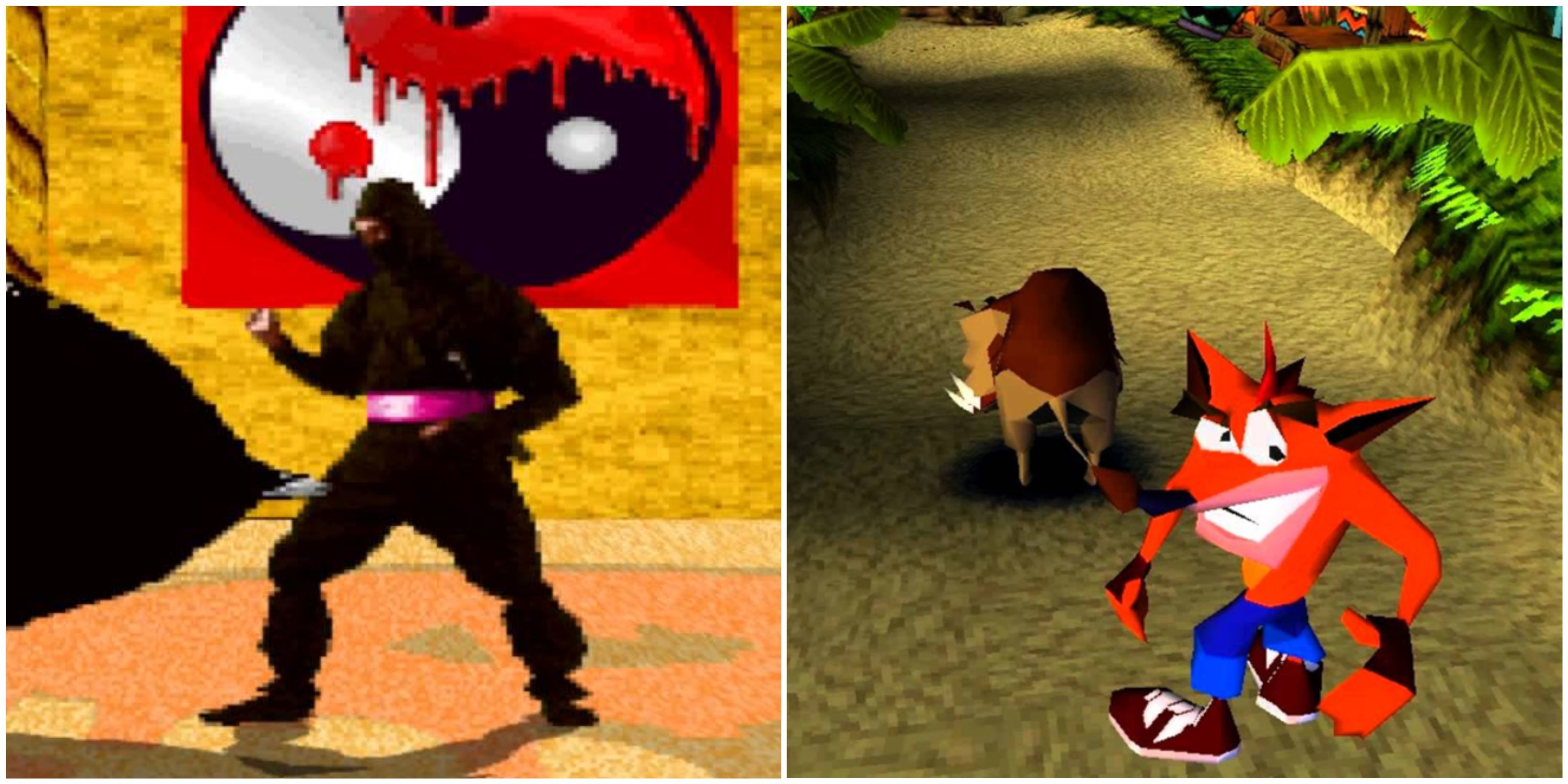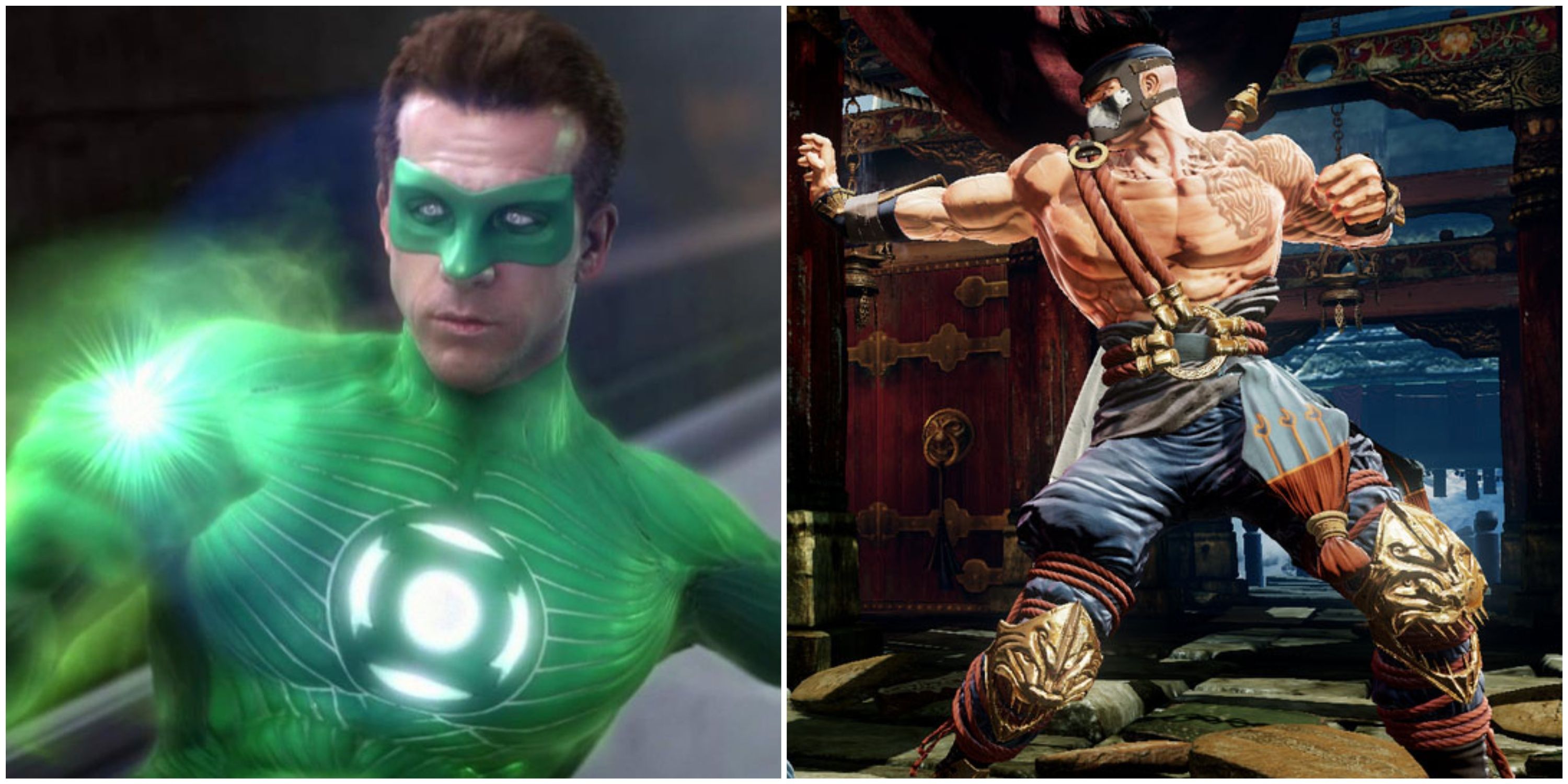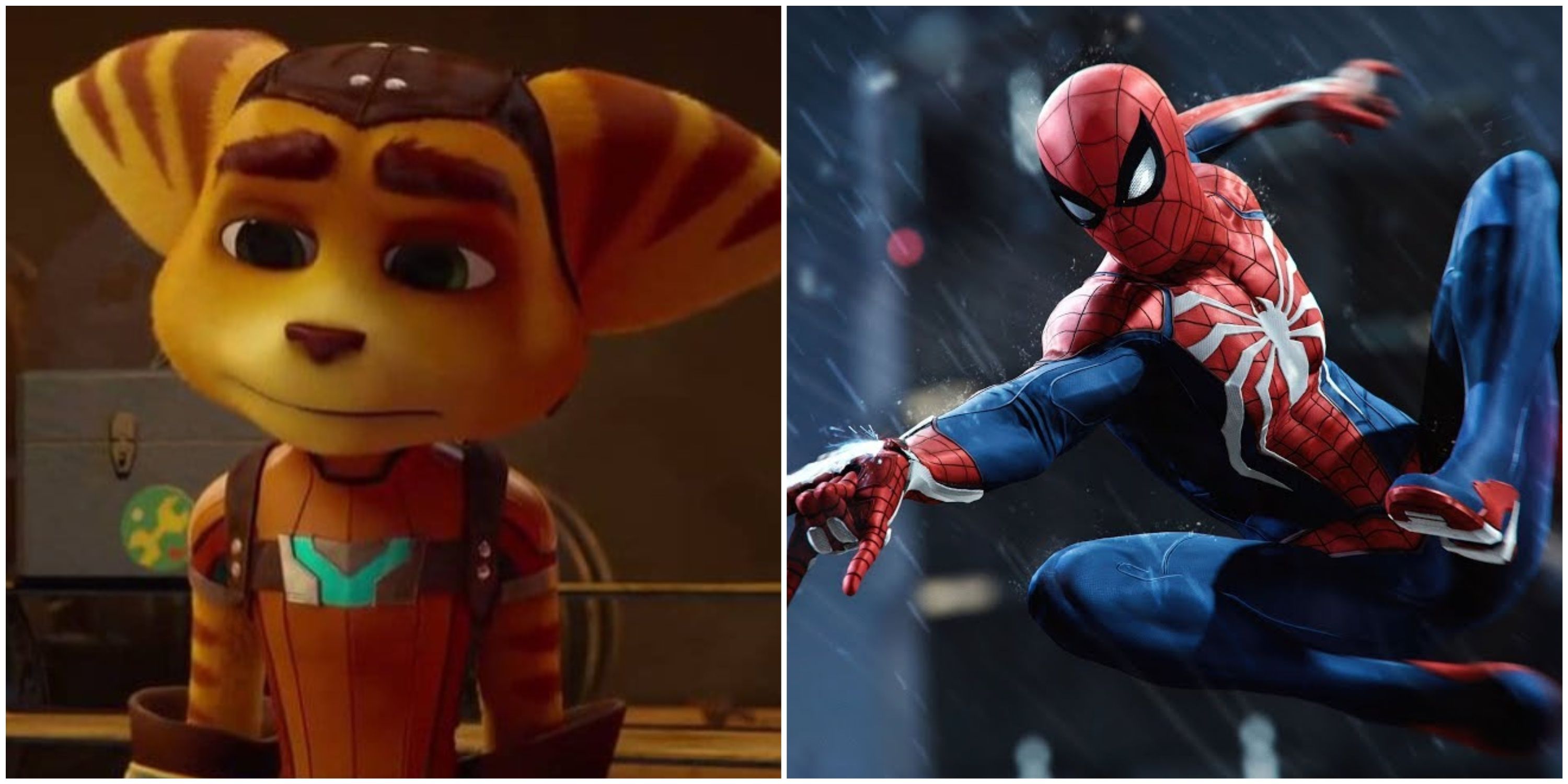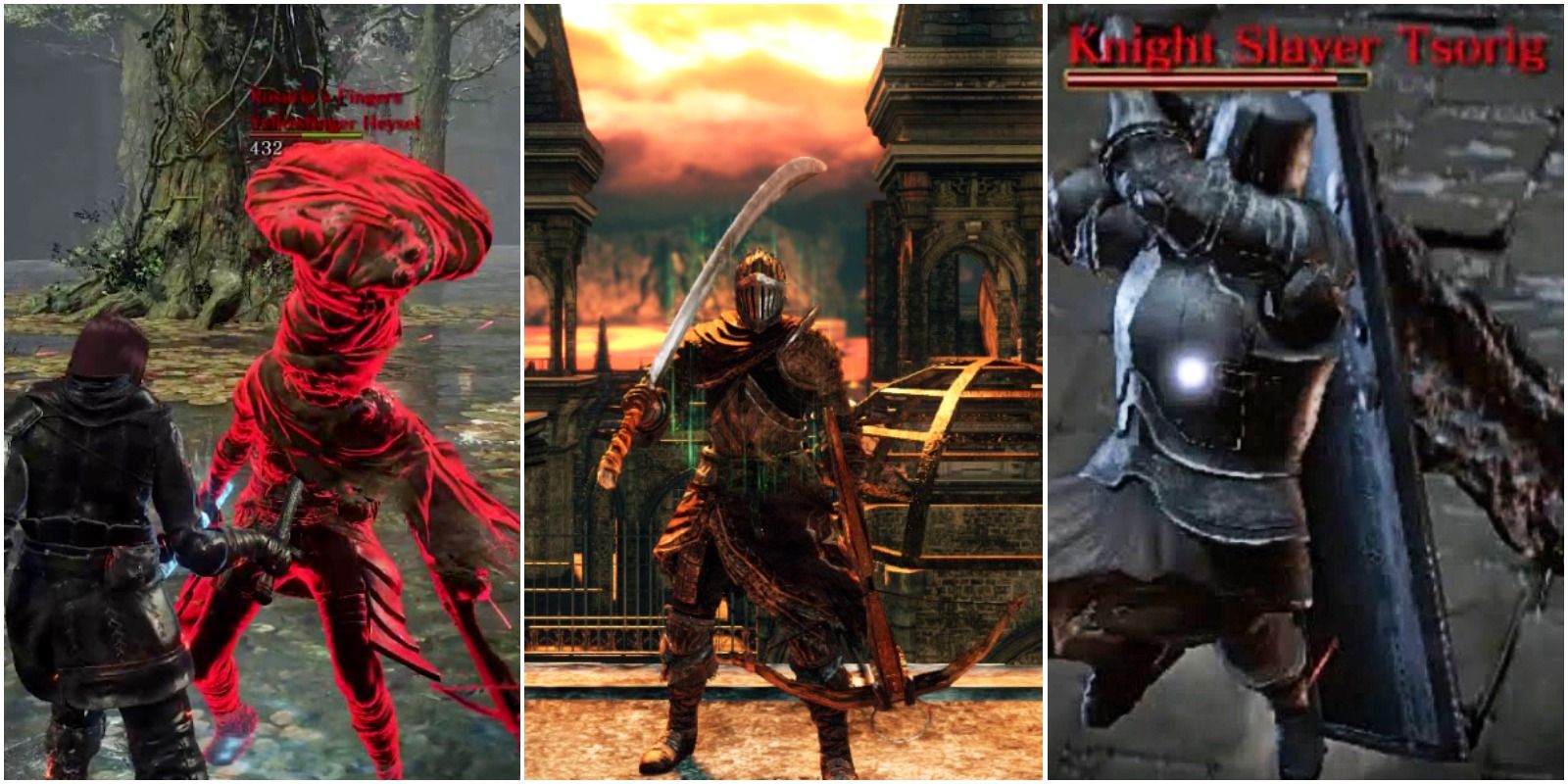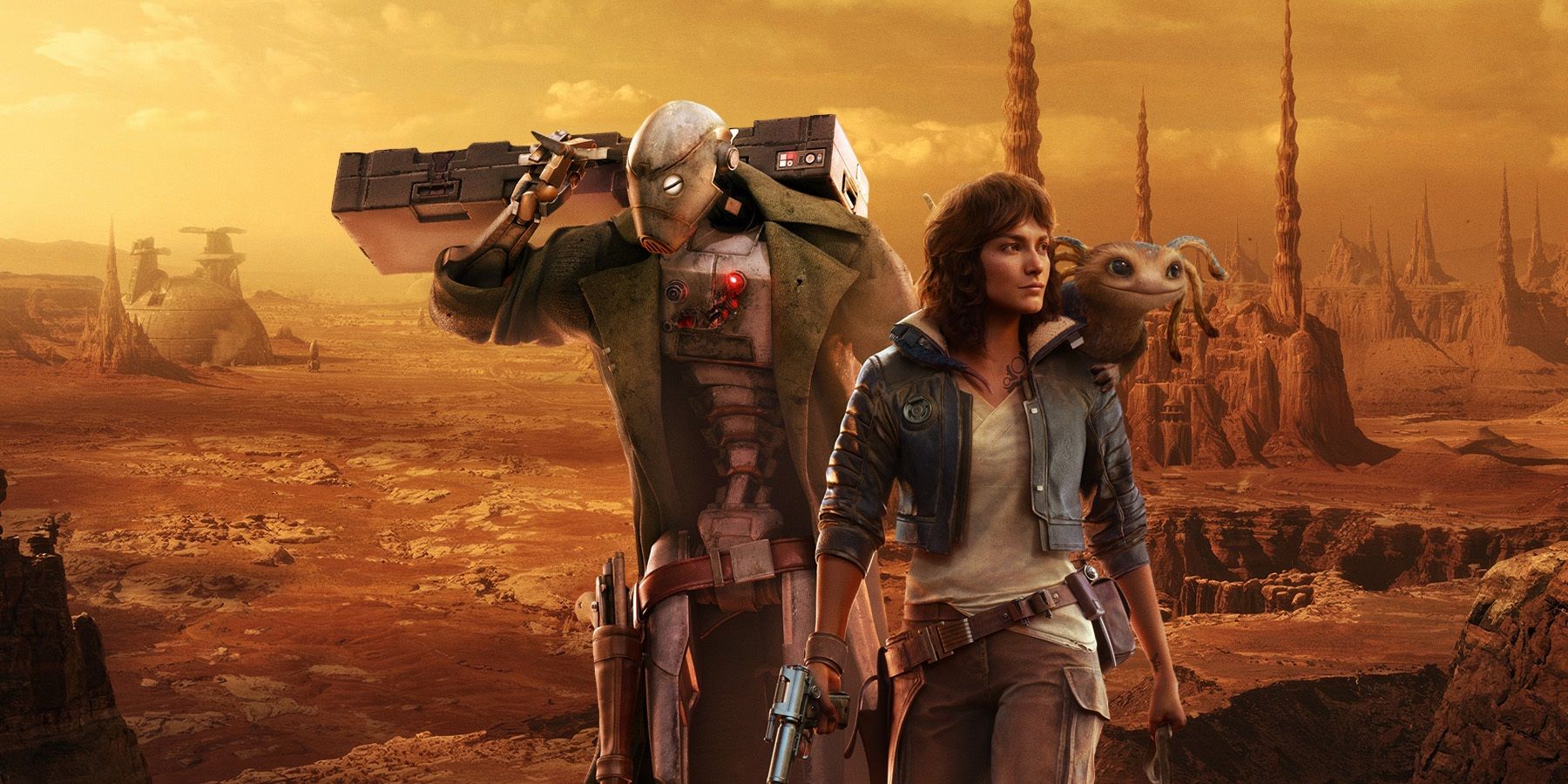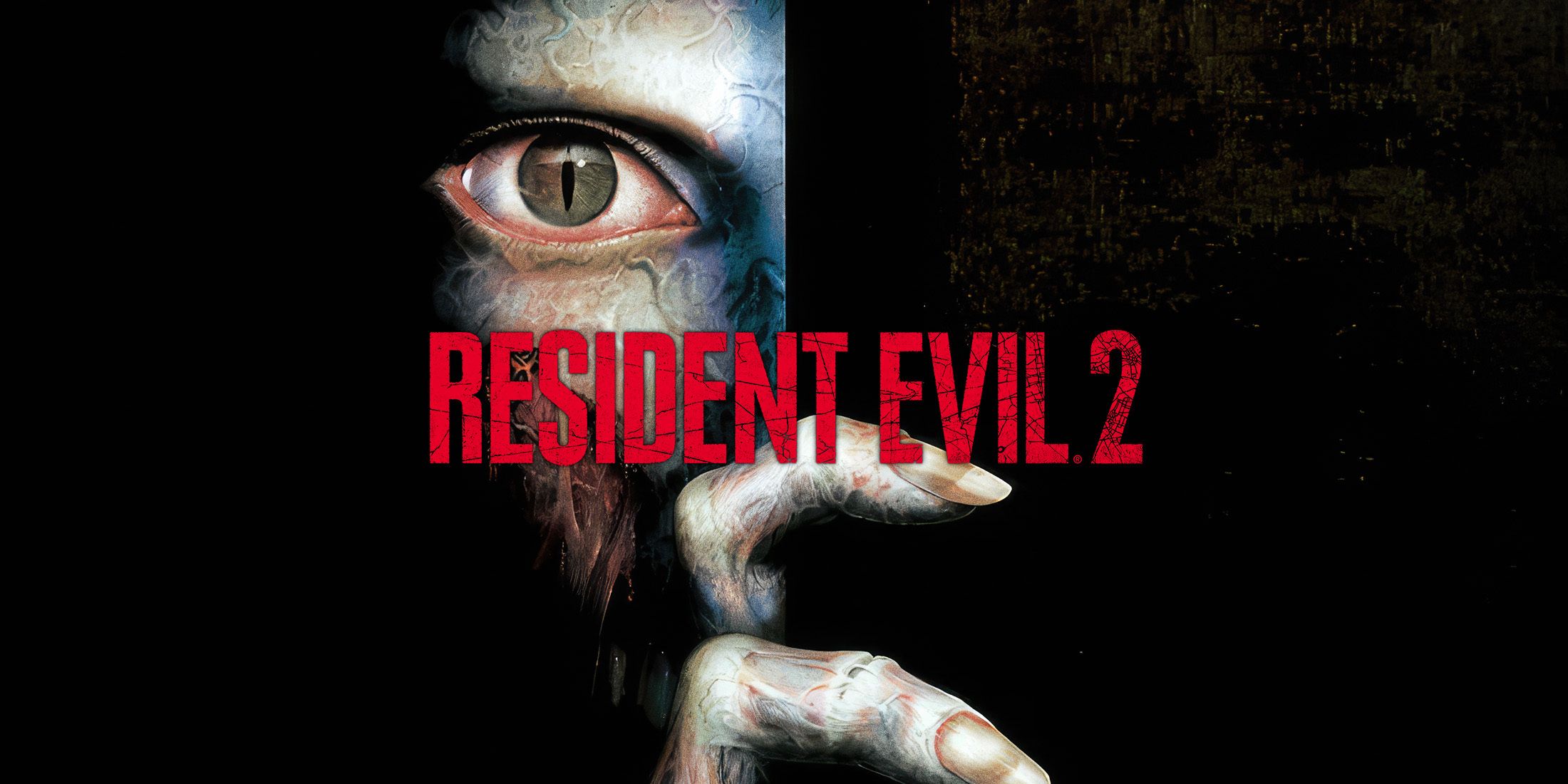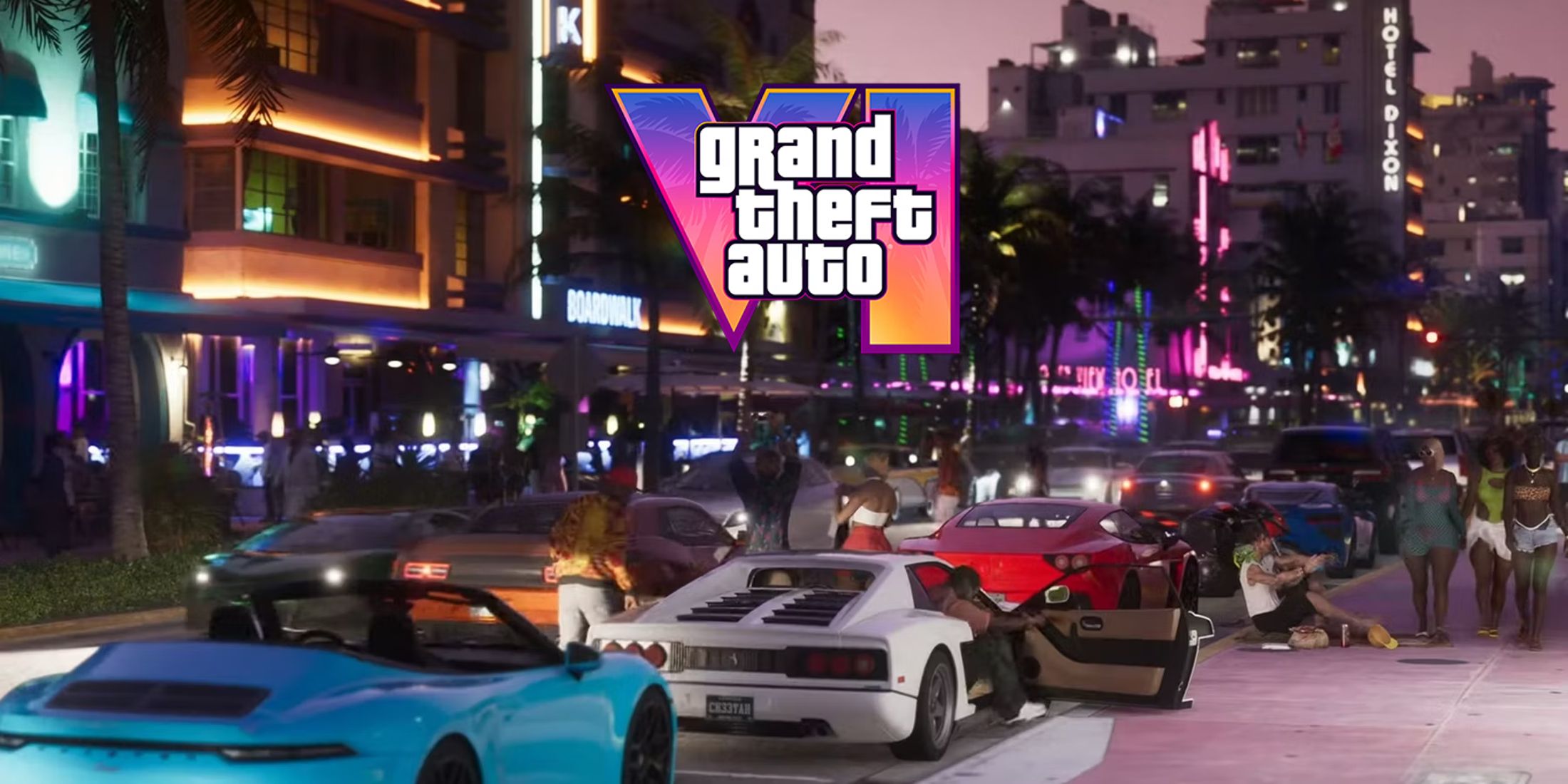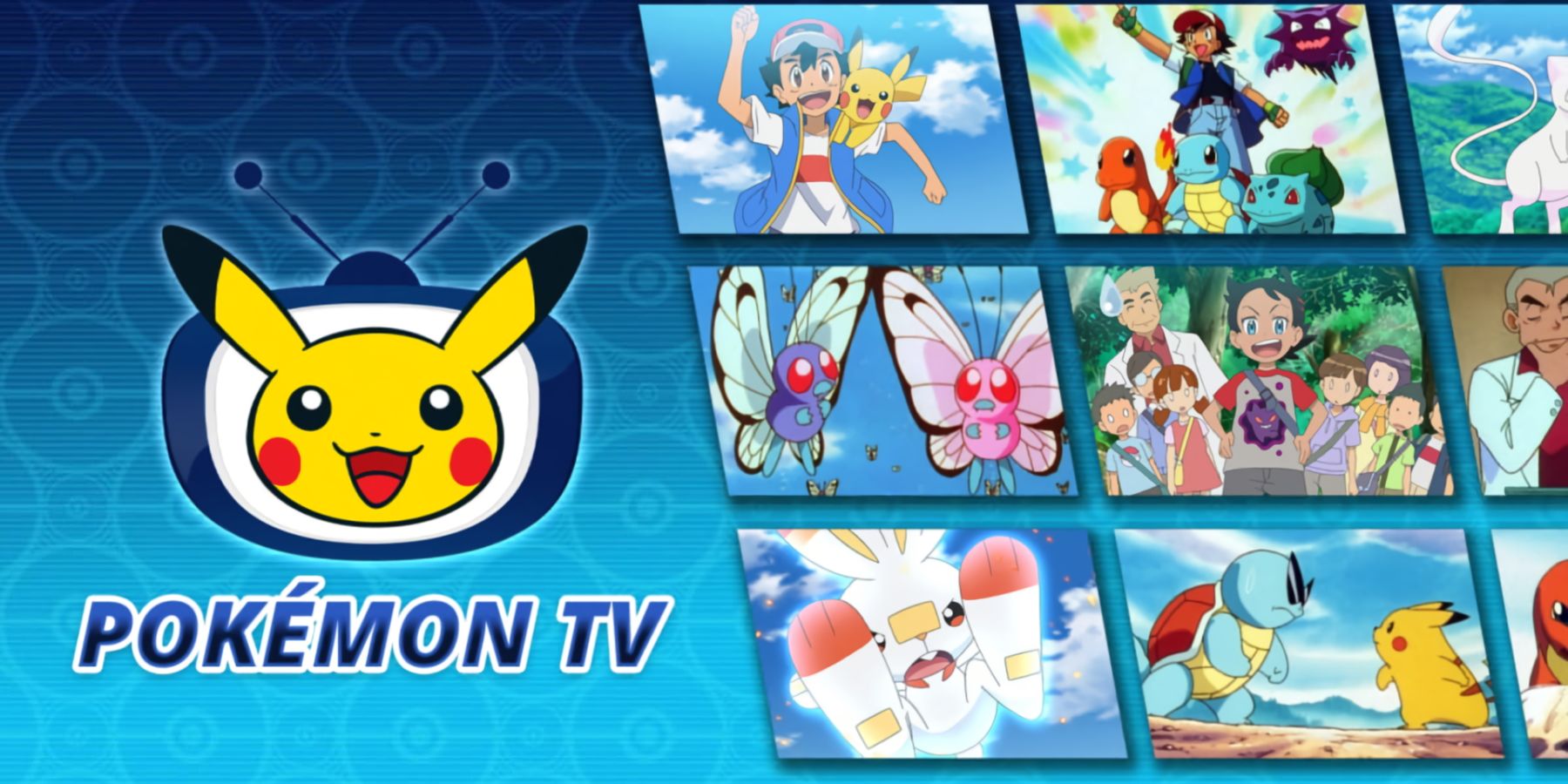Highlights
- Webfoot turned their Dragon Ball Z game franchise around with a sequel that fixed the gameplay and presentation issues of the first game.
- Teyon redeemed themselves after a poorly received movie tie-in with Terminator: Resistance, a solid addition to the sci-fi series that showcased their growing skills.
- Naughty Dog’s success story began with Crash Bandicoot, where the studio took existing elements and created a zany platformer that set the stage for their future hits like Uncharted and The Last of Us.
Not every game can be a winner. Every developer has at least one lackluster title to tarnish its record. That said, why should these studios be defined solely by their failures? Everyone loves a good redemption story, after all.
Thankfully, several developers have acted out that storyline. After languishing in one or more bad games, the companies came back swinging with an engaging and enjoyable game, surprising everyone in the process. Some studios even maintain that positive trajectory and completely turn their trajectory around. Suffice it to say, these developers made the most of their second chance.
The Legacy Of Goku Series
Dragon Ball Z: The Legacy of Goku 2
- Platform(s)
- Game Boy Advance
- Released
- June 17, 2003
- Developer
- Webfoot Technologies
- Genre(s)
- Action
This small development team initially made its name on 3D puzzle and adventure titles for PC. 3D Frog Frenzy is one of many examples. However, the Webfoot folks really came into the mainstream when it got hold of the Dragon Ball license. The iconic anime spawned countless tie-in titles throughout the 2000s, and Webfoot sought to make the martial arts series into an action RPG for Game Boy Advance. The result was Dragon Ball Z: The Legacy of Goku, which took players from the start of DBZ through the Frieza Saga. Sadly, the gameplay and presentation were hopelessly stiff, and fans spent most of their time on menial tasks rather than their favorite DBZ events. It seemed their hopes were dashed.
Thankfully, Webfoot powered up for the sequel. The Legacy of Goku 2 fixed virtually all of its predecessor’s problems. It had several playable characters, more depth in their growth, faster combat, and a polished presentation. Players still trudged through occasional side activities, but some led to hidden goodies like new moves and extra opponents. While the first game reeked of apathy, this title teemed with love for the fighting franchise. It’s as if the creators wished on the Dragon Balls themselves.
Their following works showed further quality. Dragon Ball Z: Buu’s Fury succeeded in many of the same ways despite being too heavy on grinding. This paved the way for numerous other licensed titles. The games may vary in quality, but Webfoot’s skill usually shines through, particularly with handheld systems.
4 Teyon
Terminator: Resistance & RoboCop: Rogue City
RoboCop: Rogue City
- Platform(s)
- PC, PS5, Xbox Series X, Xbox Series S
- Released
- November 2, 2023
- Developer(s)
- Teyon
- Genre(s)
- FPS, Sci-Fi
Similar to Webfoot, this is a developer whose fall and rise both stemmed from tie-ins. Teyon did little of note in its early days. Most of its products were shallow sims and arcade shooters. The creatives here tried to translate the latter style into a movie-licensed work with Rambo: The Video Game. Playing through the first three Rambo flicks should have been a recipe for success, but the hero’s PTSD paled in comparison to that of the fans. The on-rails shooting was shallow and repetitive–not ideal for the sole selling point. That’s if the game worked at all, as poor optimization led to rampant bugs and crashes. Teyon had struggled to live up to the reputation of a dormant franchise, and players expected they’d do the same with another movie property.
Imagine their surprise when Terminator: Resistance launched. Set in the war-torn future depicted in the films, it was a solid addition to the sci-fi series. The game boasted reliable FPS gameplay, light role-playing, branching paths, and a slick recreation of the franchise’s techno-apocalypse atmosphere. The passion was palpable. Unlike the Terminator flicks themselves, Teyon’s future looked bright.
Ironically enough, that future lay with another dystopian ’80s flick, as Teyon later made RoboCop: Rogue City. A more ambitious title all around, it fine-tuned Terminator‘s mechanics thanks to both the developers’ growing skills and a bigger budget. Teyon seems to have found its niche. The team knows how to translate these old classics into an immersive experience on modern hardware.
3 Naughty Dog
From Way Of The Warrior To Crash Bandicoot
Crash Bandicoot
- Platform(s)
- PS1
- Released
- September 9, 1996
- Developer(s)
- Naughty Dog
- Genre(s)
- Platformer
Before it became a PlayStation powerhouse, Naughty Dog wallowed in mediocrity. Whenever it did stand out, it was because of a blunder. Such was the case with Way of the Warrior. The game was a blatant Mortal Kombat clone and not even a good one. Lousy controls and a forgettable roster prevented it from getting a second look. However, a miracle was on the horizon.
The studio’s next game was Crash Bandicoot. The 3D platformer centered on the eponymous bandicoot as he navigated a series of jungle and castle levels to rescue his love from a mad scientist. The gameplay was standard (if brutally difficult), but the game excelled in sheer polish. The fixed camera frequently shifted perspectives to showcase detailed environments teeming with life. In addition, the designs and mechanics were bursting with zany mischief. The developers used elements that came before and capably assembled them into a new whole greater than the sum of its parts.
That methodology carried them far. Naughty Dog continued its winning streak with further Crash entries, Jak & Daxter, Uncharted, and The Last of Us. That streak took a bit of a hit with The Last of Us: Part 2’s reception, but if any studio can rebound, it’s Naughty Dog.
2 Double Helix Games
Killer Instinct
Killer Instinct (2013)
- Platform(s)
- PC, Xbox One
- Released
- November 22, 2013
- Developer(s)
- Double Helix Games, Iron Galaxy
- Genre(s)
- Fighting
Movie tie-ins have always been treacherous waters. Few developers know that better than Double Helix Games. After a respectable debut with Silent Hill: Homecoming, the developer drowned in film-licensed titles. The company crafted games based on G.I. Joe: The Rise of Cobra, the Green Lantern movie, and the Battleship adaptation. These projects struggled to hit the mark with fans due to repetitive and uninspired gameplay. That said, Double Helix had better luck once the company got away from Hollywood.
Double Helix demonstrated that with 2013’s reboot of Killer Instinct. This title revitalized the combo-heavy gameplay of its predecessors. What’s more, it presented ample opportunities for counters and breakers which hinged on skill and timing. True, other developers took over for subsequent seasons, but Double Helix laid the foundations.
That was before Double Helix was acquired by Amazon. Since said acquisition, the studio has done little of note. That’s a shame, but it’s unlikely Amazon has them gathering dust in a closet. Something is likely on the horizon.
1 Insomniac
Marvel’s Spider-Man & Rift Apart
Marvel’s Spider-Man
- Platform(s)
- PS4, PS5, PC
- Released
- September 7, 2018
- Developer(s)
- Insomniac Games
- Genre(s)
- Action, Adventure, Open-World
The devs at Insomniac achieved early success with the Spyro and Ratchet & Clank series. These creative platforming adventures masterfully mixed cynical humor and magical wonder. Its cartoonish destruction brimmed with personality.
Unfortunately, that personality faded a bit with time. The studio then put out several underwhelming mobile and PC titles focused on one-off gimmicks. Even the Ratchet & Clank series devolved into repetition and self-serious narratives that it previously mocked, although the franchise’s 2016 entry still managed to deliver great gameplay and visuals. However, the developer really rediscovered its rhythm when it got the reins to Marvel’s Spider-Man.
Their 2018 superhero title perfectly captured the thrills of web-swinging across New York City. Though the combat and story were hit-or-miss, the game compensated with numerous side activities to take on and villains to fight. What’s more, it was all as silky smooth as a spider’s web.
Insomniac translated that smoothness to further sequels. While their Spider-Man sequels didn’t innovate a ton on what made the first entry a hit, the studio also put out the best Ratchet & Clank entry in years with Rift Apart. Once again, the creatives are rife with ideas and immaculate detail in bringing them to life.

